

An imprint of The Rowman & Littlefield Publishing Group, Inc.
4501 Forbes Blvd., Ste. 200
Lanham, MD 20706
www.rowman.com
Distributed by NATIONAL BOOK NETWORK
Copyright 2020 Robert W. Cohen
All rights reserved . No part of this book may be reproduced in any form or by any electronic or mechanical means, including information storage and retrieval systems, without written permission from the publisher, except by a reviewer who may quote passages in a review.
British Library Cataloguing in Publication Information available
Library of Congress Control Number: 2020942709
ISBN 978-1-4930-4785-7 (hardcover)
ISBN 978-1-4930-4786-4 (e-book)
 The paper used in this publication meets the minimum requirements of American National Standard for Information SciencesPermanence of Paper for Printed Library Materials, ANSI/NISO Z39.48-1992.
The paper used in this publication meets the minimum requirements of American National Standard for Information SciencesPermanence of Paper for Printed Library Materials, ANSI/NISO Z39.48-1992.
CONTENTS
Guide
I wish to thank Troy Kinunen of MearsonlineAuctions.com, Kate of RMYAuctions.com, Richard Albersheim of Albersheimsstore.com, PristineAuction.com, SportsMemorabilia.com, CollectAuctions.com, George A. Kitrinos, Jeffrey Beall, Mike Morbeck, Barry Lenard, Chris Phillips, John Craven, Eduardo Molina, and Steve Longmire, each of whom generously contributed to the photographic content of this work.
The Kansas City Chiefs have their roots in the city of Dallas, Texas, where they spent the first three years of their existence competing in the newly formed American Football League as the Dallas Texans before relocating to the Midwest in 1963. Originally founded in 1959 by oil tycoon Lamar Hunt, who earlier failed in his attempts to establish an NFL franchise in his hometown of Dallas, the Texans began play one year later as a member of the AFLs Western Division, which they shared with the Los Angeles Chargers, Oakland Raiders, and Denver Broncos. Meanwhile, the Houston Oilers, Buffalo Bills, Boston Patriots, and New York Titans, who later became known as the Jets, comprised the infant leagues Eastern Division.
After failing to persuade either University of Oklahoma head coach Bud Wilkinson or New York Giants defensive assistant Tom Landry to serve as head coach of his new team, Hunt turned to little-known University of Miami assistant coach Hank Stram, commenting years later, One of the biggest reasons I hired Hank was that he really wanted the job. It turned out to be a very lucky selection on my part. Hunt also made businessman Jack Steadman his general manager, a position he maintained until 1976, when he became team president.
Spending their first three seasons playing their home games at the Cotton Bowl, which they shared with the expansion Dallas Cowboys of the NFL, the Texans fared extremely well, finishing second in the AFL West in both 1960 and 1961, before posting a regular-season mark of 11-3 in 1962 that gave them their first division title. The Texans subsequently laid claim to the league championship by recording a 20-17 double-overtime victory over the Houston Oilers in the AFL title game, emerging victorious when kicker Tommy Brooker connected on a 25-yard field goal nearly three minutes into the second overtime session. Star running back/return-man Abner Haynes proved to be the driving force behind Dallass successful championship run, finishing the year with more yards from scrimmage (1,622) and touchdowns (19) than any other player in the league.
Although the Texans experienced a considerable amount of success on the playing field during their formative years, it soon became apparent that Dallas lacked the ability to support two professional football teams, prompting Hunt to relocate his newly named Chiefs to Kansas City, Missouri, prior to the start of the 1963 campaign. The Chiefs subsequently moved into Municipal Stadium, a 40-year-old, 49,002-seat ballpark located at the corner of Brooklyn Avenue and E. 22nd Street, which remained home to them for the next nine seasons.
Remaining one of the AFLs most formidable clubs during that time, the Chiefs captured their second league championship in 1966 when they recorded a 31-7 victory over the Buffalo Bills in the AFL title game. However, they subsequently suffered a 35-10 defeat at the hands of the Green Bay Packers in Super Bowl I. A regular-season record of 12-2 in 1968 left Kansas City tied with Oakland for the best mark in the Western Division, forcing a one-game playoff between the two teams that the Raiders won by a score of 41-6. But the Chiefs exacted a measure of revenge against their arch-rivals the following year, defeating the Raiders by a score of 17-7 in the AFL Championship Game, before recording a 23-7 victory over the heavily favored Minnesota Vikings in Super Bowl IV.
The 1969 Chiefs squad that defeated Minnesota in Super Bowl IV may well have been the most talented team in the 10-year history of the AFL. Outscoring their opponents by a combined margin of 359-177 during the regular season, the Chiefs finished second in the league in points scored, with Hall of Fame quarterback Len Dawson directing a potent offense that also featured game-breaking wide receiver Otis Taylor, former Heisman Trophywinning running back Mike Garrett, and standout linemen Jim Tyrer and Ed Budde. Even stronger on defense, the Chiefs allowed the fewest points of any team in the league, with safety Johnny Robinson, cornerback Emmitt Thomas, linebackers Bobby Bell and Willie Lanier, and linemen Buck Buchanan, Jerry Mays, and Curley Culp all starring on that side of the ball.
Following the conclusion of the 1969 campaign, the NFL and AFL announced a merger that made the meeting between the Chiefs and Vikings in Super Bowl IV the last game ever played between teams from the two rival leagues. Compiling an overall mark of 87-48-5 from 1960 to 1969, the Texans-Chiefs posted the best record in the history of the AFL, capturing three league championships in the process.
Joining the Chargers, Raiders, and Broncos in the newly created AFC West Division in 1970, the Chiefs remained extremely competitive from 1970 to 1973, posting a winning record all four years, and capturing their fourth division title in 1971. Unfortunately, the 1971 campaign ended with a memorable 27-24 double-overtime loss to the Miami Dolphins in the divisional round of the postseason tournament. Played on Christmas Day 1971, the epic battle between the two teams lasted 82:40, making it the longest game in NFL history. Although a 37-yard field goal by Miami placekicker Garo Yepremian midway through the second overtime session ultimately gave the Dolphins the win, Chiefs running back Ed Podolak turned in a performance for the ages, scoring two touchdowns and setting an NFL postseason record that still stands by amassing 350 all-purpose yards.
With the Chiefs christening Arrowhead Stadium as their new home in 1972, their playoff loss to Miami ended up being the last football game ever played at Kansas Citys Municipal Stadium. Arrowhead Stadium, which has a seating capacity of 76,416, later underwent a $375 million renovation that included new luxury boxes, wider concourses, and enhanced amenities, has now served as home to the Chiefs for nearly half a century.
Following their double-overtime loss to Miami in 1971, the Chiefs failed to make the playoffs in any of the next three seasons, prompting team ownership to relieve Hank Stram of his duties following the conclusion of the 1974 campaign. Stram left Kansas City having led the Chiefs to four division titles, three AFL Championships, one Super Bowl win, and an overall record of 124-76-10 during his 15-year stint as head coach.
Next page

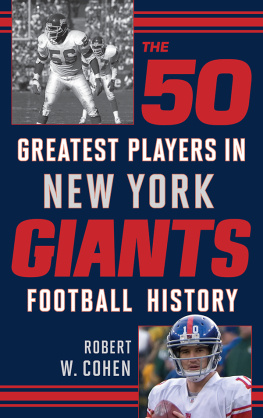
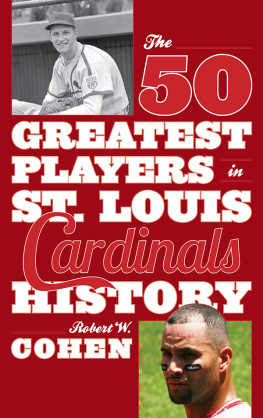
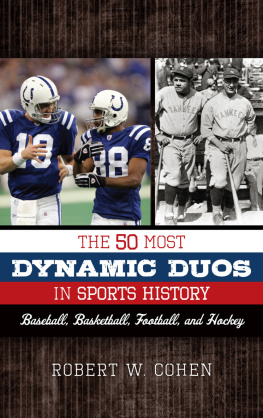
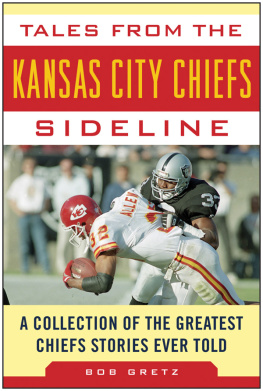
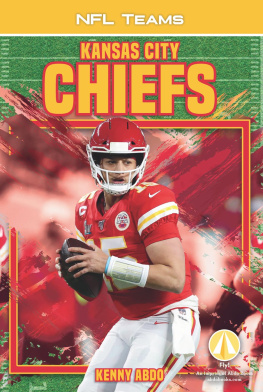


 The paper used in this publication meets the minimum requirements of American National Standard for Information SciencesPermanence of Paper for Printed Library Materials, ANSI/NISO Z39.48-1992.
The paper used in this publication meets the minimum requirements of American National Standard for Information SciencesPermanence of Paper for Printed Library Materials, ANSI/NISO Z39.48-1992.